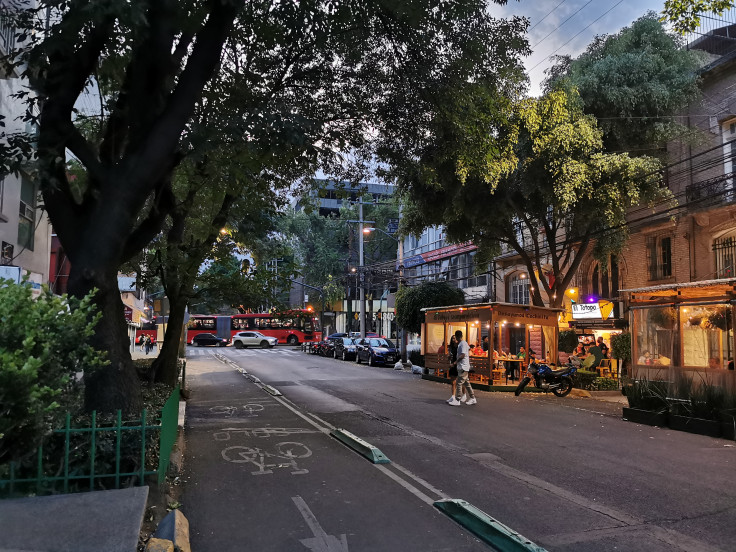
Mexico City has seen a significant increase in gentrification in recent years as the city continues to attract young professionals and artists seeking affordable housing and vibrant cultural experiences.
However, this trend has also resulted in the displacement of many long-time residents and the loss of traditional neighborhoods.
Gentrification is often driven by real estate developers who buy up properties in low-income areas, renovate them, and then sell or rent them out at much higher prices. This process can lead to rising property values and an influx of wealthier residents, but it also pushes out many of the original inhabitants who can no longer afford to live there.
One of the most affected areas is the historic district of La Roma, which has undergone a rapid transformation over the past decade. Once a neighborhood of crumbling buildings and affordable rents, it is now home to trendy cafes, art galleries, and high-end boutiques. While some locals have welcomed the changes, others feel that they are being pushed out of their own neighborhood.
The same is true for other neighborhoods like Condesa, Juarez, and San Rafael. These areas were once known for their bohemian vibe and artistic communities but are now becoming more homogenized and exclusive.
@dalmazanm1 AUDIO DE @Villegaz #gentrificacioncdmx ♬ sonido original - David Almazán
Critics argue that gentrification is a form of cultural erasure that destroys the unique character of a neighborhood and displaces its residents. They also point out that it often exacerbates income inequality by pushing out low-income families and replacing them with wealthier ones.
However, supporters argue that gentrification can bring much-needed investment to neglected areas and stimulate economic growth. They also argue that it can lead to increased safety and improved infrastructure.
Overall, gentrification is a complex issue with no easy answers. While it can bring benefits to some residents, it also has significant negative impacts on others. As Mexico City continues to grow and change, it will be important to find ways to balance the needs of different communities and ensure that development is equitable and sustainable.
© 2025 Latin Times. All rights reserved. Do not reproduce without permission.




